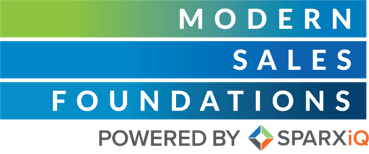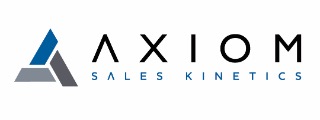A guest post from Miller Heiman's Sam Reese
Buzzwords are in vogue. Whether the word is transformation, enablement, re-engineering, what they really mean is change.
But to truly change, one cannot just focus on one silver bullet. The fact is any change initiative will have many moving parts and interdependencies. This is the heavy lifting that often derails change initiatives, and in many cases, this is the reason why executives never even embark on serious, well-thought out change initiatives.
Changing behaviors and changing organizational dynamics are extremely hard to do. Yet, to improve performance is to change, so it only makes sense that we all need to be effective change agents.
There are a number of ways to change and improve a sales organization. The extent of the sales improvement initiative depends on the strength of your existing sales force, the strength of leadership and the alignment to the overall company strategy (from the 2012 Executive Summary: Twelve Initiatives of World-Class Sales Organizations). In a simplified continuum of change that companies embark upon when they focus on improving their sales force, the process progresses from sales training, to sales effectiveness to sales transformation. In reality, most plans are a combination of, and are more or less hybrid approaches of the three elements.
- Training the sales force to be more effective in front of clients and more consistent as a unit is a high-value exercise. The goal is to professionalize the sales force and to create alignment with the brand.
- When one starts to really focus on sales effectiveness, this usually means a focused approach to drive specific metrics and results – an effort to attack weaknesses or opportunities that have been clearly identified.
- Sales transformation starts to take into consideration every element of a sales organization and tackles the tough issues related to all of the interdependencies that connect in a company’s sales system.
This continuum probably best represents the level of change required depending on the approach you take but however you direct your efforts, it will require change.
There is no question that improving the effectiveness of a sales organization takes a solid strategy and a commitment to abandon the status quo.
The key obstacles need to be understood and addressed to ensure success. Well-executed change efforts can yield unbelievable results but they can be disastrous when not done well. The companies that I have seen have success here are ones that work toward real results that will serve as milestones for continuous improvement. Recognize the obstacles and address them head on, because the results are really worth fighting for.
About the Author
Sam Reese is CEO of Miller Heiman.









